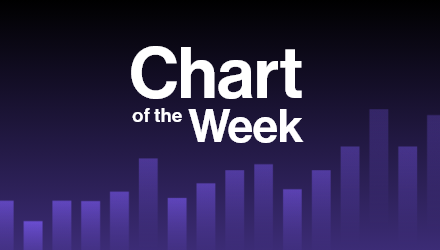This year has been the year of innovation, with artificial intelligence (AI) all the rage. Yet, many advisors are focusing on other investment styles to round out client portfolios.
Year-to-date through August 14, the Invesco QQQ Trust (QQQ) soared 39.5%, and the Global X Artificial Intelligence & Technology ETF (AIQ) climbed 38.8%. Investors embraced large-cap growth stocks like Alphabet, Amazon.com, and Meta Platforms. In contrast, the iShares Russell 2000 ETF (IWM) increased only 10.5%. However, many advisors are focused on more than just past performance success.
See related: Register for VettaFi’s AI Symposium on August 30
During a Nationwide webcast in August, VettaFi asked advisors, “Which style (s) do you believe offer attractive investment opportunities over the next 6-12 months? While innovation/technology garnered 45% of the responses, small caps modestly topped it with 47%. The other choices offered were large caps (39%) and industrials (26%).
Advisors Favor Small Cap ETFs Over Innovation Strategies

iShares Offers Small Cap ETFs With Most Assets, but They Are Different
The Russell 2000 Index is a well-known benchmark for small cap investing. The $55 billion IWM tracks the index and charges a 0.19% expense ratio. The fund’s largest sectors are industrials (17%), financials (16%), health care (15%), information technology (13%), and consumer discretionary (11%). Holdings include Chart Industries, Light Wonder, Option Care Health, Simpson Manufacturing, and Super Micro Computer.
However, the iShares Core S&P SmallCap ETF (IJR) has a higher asset base than IWM. The $72 billion IJR charges a 0.06% expense ratio, a third of the price of IWM. IJR’s largest sectors are financials (17%), industrials (17%), consumer discretionary (14%), information technology (13%), and health care (10%). While the two small cap ETFs have similar sector exposure, none of the above IWM holdings are part of IJR.
The index behind IJR requires constituents to have positive earnings from the most recent quarter as well as the sum of its trailing four consecutive quarters’ earnings. Applied Industrial Technologies, Comfort Systems USA, Ensign Group, ONTO Innovation, and SPS Commerce are some of IJR’s top-10 holdings.
Year to date, IJR was up 8.1%, trailing IWM by more than 200 basis points. However, on a three-year annualized basis, IJR climbed 12.0%, easily outperforming IWM’s 8.0% total return.
Other Low-Cost Small Cap ETFs
The Vanguard Small Cap ETF (VB), the Schwab US Small Cap ETF (SCHA), and the SPDR S&P 600 Small Cap ETF (SPSM) are other low-cost small-cap strategies with meaningful assets worthy of consideration.
While many small-cap ETFs provide different exposure than each other, they have some things in common. They are well diversified. Small-cap ETF holdings each represent less than 1% of assets. In contrast, QQQ’s 15 largest holdings all have more than 1% of assets, with Apple (11%) and Microsoft (9%) as the biggest. For advisors seeking total return potential while reducing portfolio concentration, small caps can be a great addition.
Eli Rosenbluth contributed to this article.
For more news, information, and strategy, visit the ETF Education Channel.








